- Empty cart.
- Continue Shopping
Deep Tissue Foam Roller
- Made of PVC and EVA material
- Has good cushioning elasticity
- High quality support customization
- Relieve Muscle Pain & Improve Mobility
Choosing the Right Deep Tissue Foam Roller
- Experience Level: Beginners may prefer a traditional foam roller for its gentler pressure, while more experienced users might opt for a grid foam roller for deeper muscle work.
- Intensity: If you need a more intense massage to address tight knots or deep muscle tension, a grid foam roller might be the better choice.
- Purpose: Consider your primary use for the foam roller. For general muscle relaxation and everyday use, a traditional foam roller is sufficient. For targeted relief and deep-tissue massage, a grid foam roller is more effective.
How to use a deep-tissue foam roller?
Using a deep-tissue foam roller effectively involves specific techniques to target and relieve muscle tension. Here’s a step-by-step guide on how to use a deep-tissue foam roller:
Preparation
- Warm-Up: Before foam rolling, it’s beneficial to do a light warm-up, such as a few minutes of cardio, to increase blood flow to the muscles.
General Tips
- Positioning: Place the roller under the targeted muscle group.
- Pressure: Use your body weight to apply pressure, adjusting as needed for comfort.
- Movement: Roll slowly, focusing on areas of tightness or discomfort.
- Breathing: Maintain steady breathing to help muscles relax.
Techniques for Common Muscle Groups
Back Muscles
- Upper Back:
- Lie on your back with the roller placed under your upper back.
- Cross your arms over your chest or support your head.
- Lift your hips and roll from your upper back to your mid-back.
- Lower Back:
- Sit with the roller under your lower back.
- Lean back slightly and use your legs to roll from your lower back to just above the hips.
- Be gentle to avoid putting too much pressure on the spine.
Leg Muscles
- Hamstrings:
- Sit with your legs extended and the roller under your thighs.
- Use your hands to lift your body slightly and roll from your knees to your glutes.
- Quadriceps:
- Lie face down with the roller under your thighs.
- Support your upper body with your forearms and roll from your hips to just above your knees.
- Calves:
- Sit with your legs extended and the roller under your calves.
- Use your hands to lift your body and roll from your ankles to your knees.
Shoulders
- Upper Shoulders:
- Lie on your back with the roller under one shoulder.
- Use your legs to move your body, rolling from the base of your neck to the top of your shoulder.
- Deltoids:
- Lie on your side with the roller under your shoulder.
- Use your opposite hand and legs to gently roll along the side of your shoulder.
Advanced Techniques
- Cross-Fiber Rolling: Roll perpendicular to the muscle fibers to break up adhesions more effectively.
- Isolating Trigger Points: Pause and apply sustained pressure on particularly tight or sore spots (trigger points) for 20-30 seconds to help release the tension.
- Dynamic Stretching: Combine foam rolling with dynamic stretches for enhanced flexibility and muscle recovery.
Post-Rolling Care
- Hydrate: Drink plenty of water to help flush out toxins released during the rolling.
- Stretch: Follow up with gentle stretching to maintain the flexibility gained from foam rolling.
Frequency
- Regular Use: Aim to use the foam roller several times a week, especially after workouts, to maintain muscle health and prevent tightness.


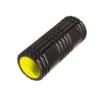

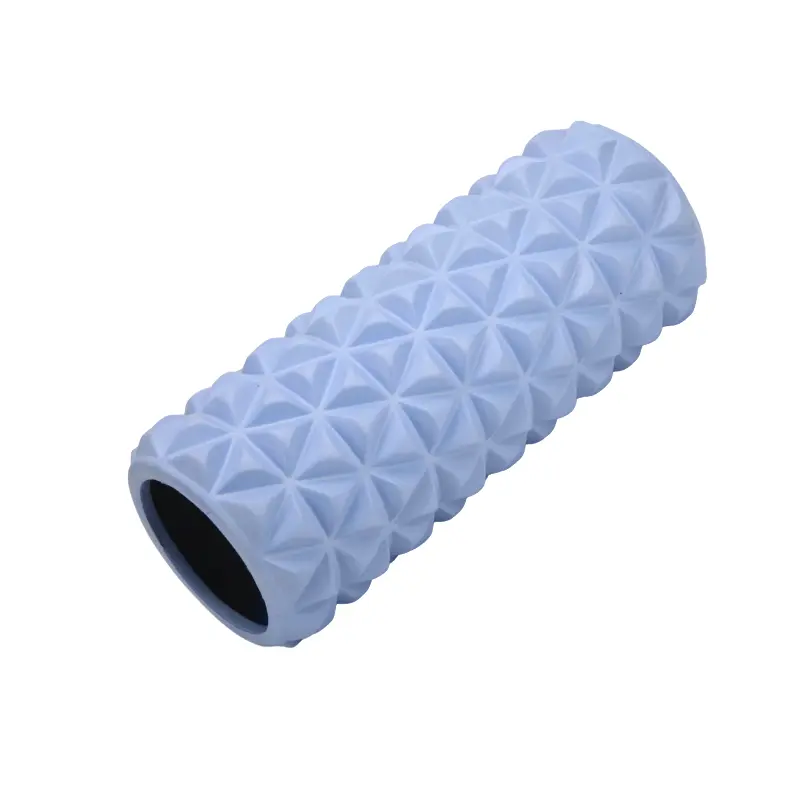
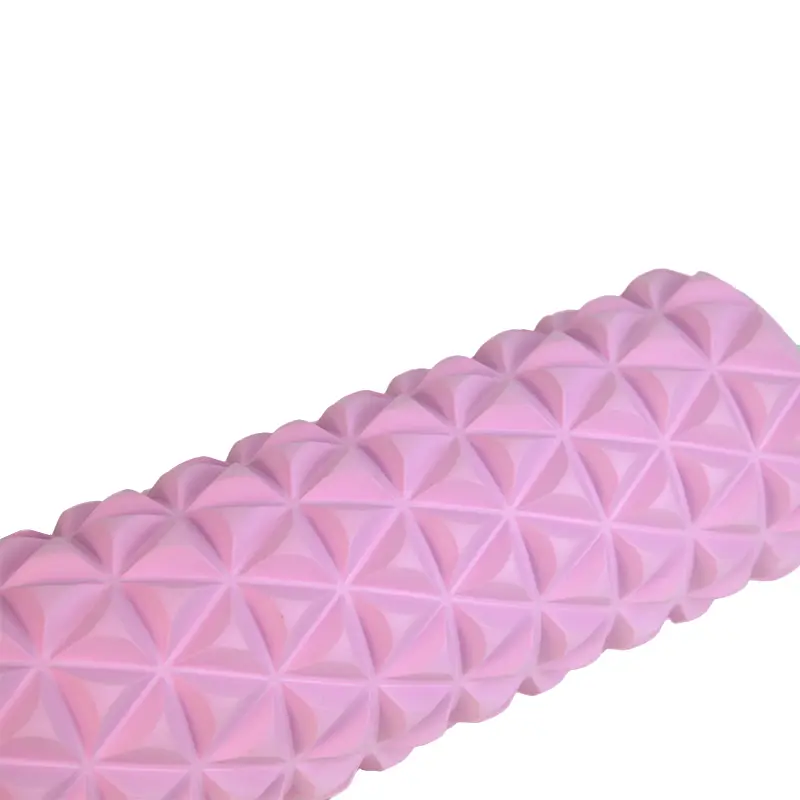


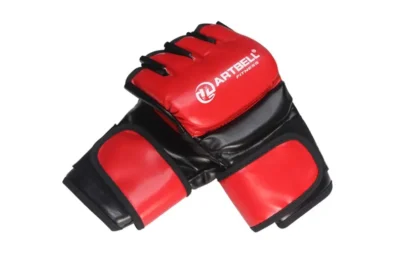
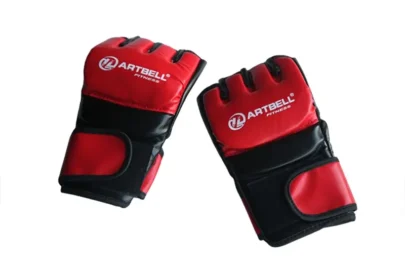
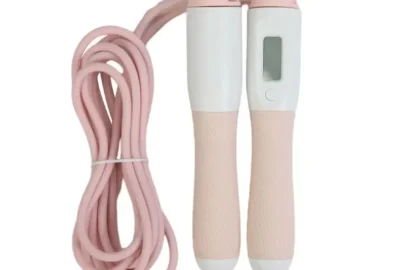
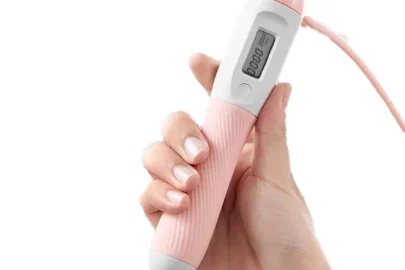



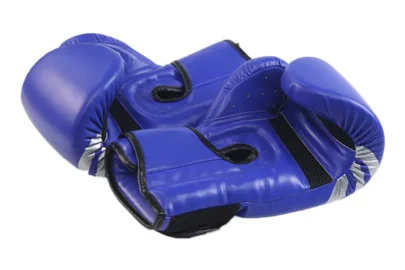
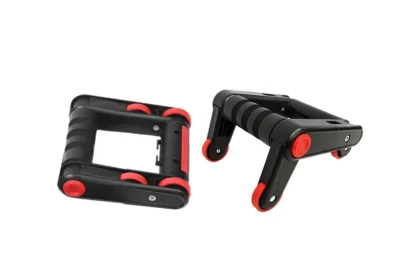

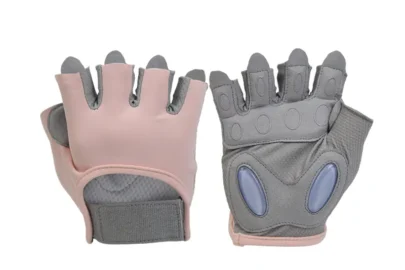
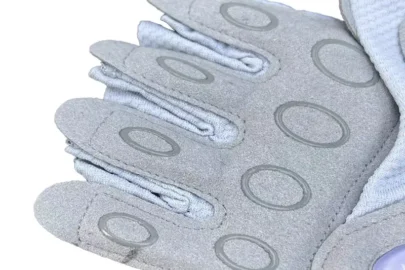
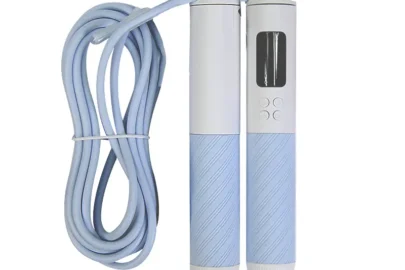
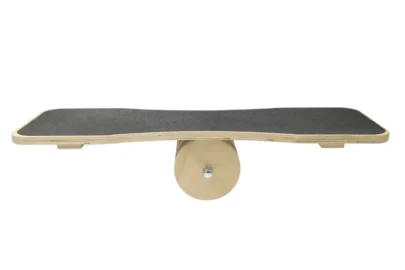
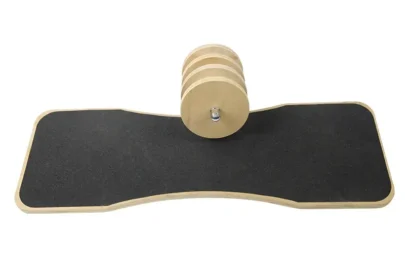

Reviews
There are no reviews yet.